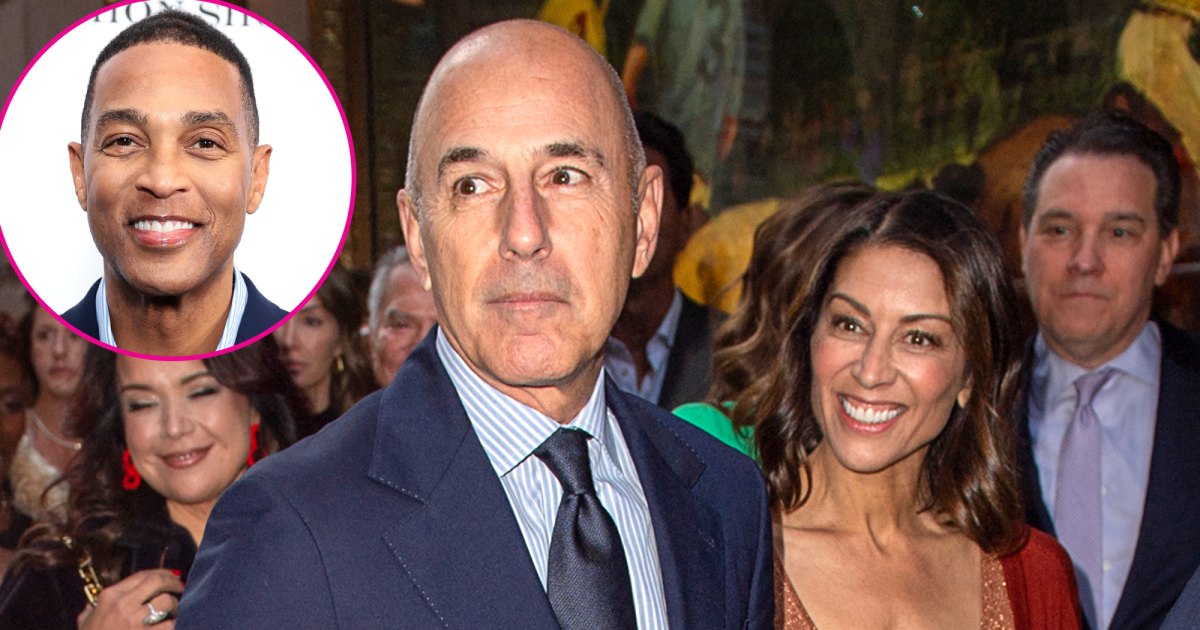Office vacancy rates in San Francisco and Manhattan have hit new highs, climbing up to 29.4% and 16%, respectively, in the first quarter of this year. And according to Goldman Sachs, it could get worse from here.
On Monday, analysts at Goldman Sachs published a note arguing that after two years of rapidly increasing valuations and praises of its strength, “the narrative has turned much more negative” for the commercial real estate market. Analysts cited downward pressure on net operating income due to declining rent growth and rising vacancy rates (in some cases), all of which has exacerbated the sector’s vulnerability, putting commercial real estate borrowers at a higher risk of payment shock on their liabilities.
But as Cohen & Steers’ Rich Hill previously told Fortune, looking at commercial real estate as one singular asset class does not do it justice; rather, it’s several subsectors under one umbrella. Goldman Sachs analysts suggested the same, that a “one-size-fits-all approach to the CRE market loses sight of important fundamental nuances between the various property types.” Truth be told, Goldman Sachs analysts say all eyes should be on office properties, which have struggled with rising vacancy rates and falling valuations as workers push back against the traditional nine-to-five and instead lean into remote work.
“Office has been the subject of high investor focus in recent months, and rightly so, in our view,” analysts wrote. “Many of this segment’s fundamental headwinds preceded last year’s back-up in policy rates.” Meanwhile, they argue that multifamily and industrial properties generally remain relatively resilient.
Still, there’s trouble ahead for the sector, particularly due to three looming risks that Goldman Sachs’ analysts pointed to. Let’s take a look.
1. Commercial real estate borrowers are exposed to higher rates
The first of three drivers that Goldman Sachs analysts argue will pose a challenge as the commercial real estate market transitions to a higher funding cost environment is CRE borrowers’ increased exposure to floating rate liabilities.
“While lenders often require floating rate loans to be paired with interest rate caps…borrowers are still exposed to higher rates up to the cap’s strike,” wrote analysts. Even so, they said, the duration of the cap is typically shorter than the mortgage, which means that hedges may need to be reset at a higher cost.
2. Refinancing at higher rates will be painful for CRE
Along with borrowers’ increased sensitivity to floating rate liabilities, analysts say, the need to refinance in the near term is elevated. Their estimate is that $1.07 trillion worth of mortgage loans will mature before year-end 2024. Morgan Stanley, on the other hand, estimated that more than 50% of $2.9 trillion in commercial mortgages will need to be renegotiated in the next 24 months. That being said, “many borrowers will likely have to refinance their fixed rate loans at higher rates,” analysts wrote. But for beleaguered property types, like office and retail, the ability and willingness of borrowers to refinance or extend loans will be limited.
3. Bank failures spell tighter lending standards
Goldman Sachs analysts suggested that financing conditions are likely to further tighten as we move forward. Analysts don’t explicitly blame last month’s bank failures for the stricter lending conditions ahead, but rather emphasize the role banks play in facilitating commercial real estate transactions. But as Fortune has previously reported, the bank failures are likely to exacerbate the already tighter lending standards that have been in play since the Fed began with its rate hikes. Nonetheless, according to Goldman Sachs analysts, by the end of last year, there was $5.6 trillion in outstanding commercial loans in the U.S., “with small banks capturing a much larger share than large banks.” (Some experts dispute this claim, telling Fortune that smaller banks hold less commercial real estate debt than larger banks but can have greater exposure.)
“Small banks are particularly important to the CRE market: 70% of bank commercial mortgage holdings sit outside the top 25 largest banks (by assets),” wrote Goldman Sachs analysts. “The potential for disruptions to U.S. commercial real estate activity from a pullback in small bank credit availability is substantial, unaided by the fact that the segments most dependent on bank financing—offices and retail properties—are also facing the strongest risk of functional obsolescence.”
So what does this all mean for commercial real estate, or better said, particular subsectors within the asset class, like office properties? Simply put, further pressure on net operating income and increasing vacancy, along with an increase in delinquencies.
Goldman Sachs analysts said: “The more this negative loop persists, the less incentivized borrowers are to extend and modify existing loans and the more incentivized they are to strategically default and look to liquidate their properties.”


















:quality(85):upscale()/2023/09/13/661/n/1922564/e914a1066501cc897903d6.08615338_.png)









